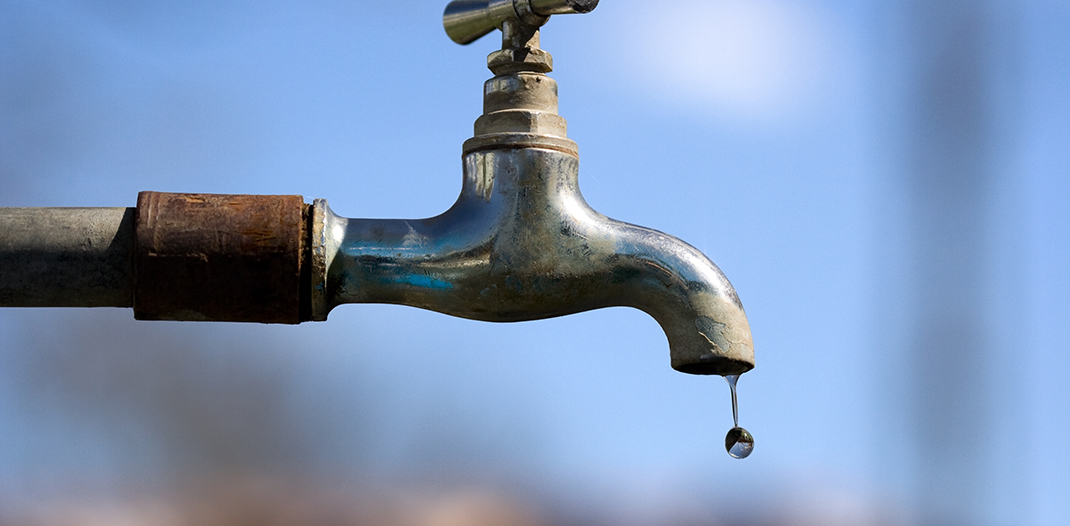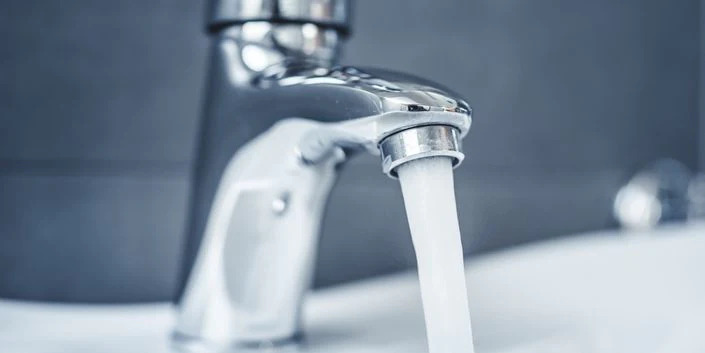Understanding What a Damaged Faucet Can Damage Your Home
Understanding What a Damaged Faucet Can Damage Your Home
Blog Article
This article down below about The Environmental Impact of Leaky Faucets is amazingly remarkable. Read on and draw your own final thoughts.

Intro
A leaky tap may seem like a small inconvenience, yet its repercussions extend much beyond the occasional drip. Understanding the impacts of a leaky faucet is crucial for both house owners and the atmosphere. In this write-up, we'll explore the different influences of this common family concern and why addressing it quickly is important.
Root Causes Of Leaky Faucets
Leaky taps can result from a range of elements, consisting of deterioration, high water pressure, and deterioration. With time, the continuous use taps can result in worn-out seals and gaskets, triggering leaks to establish. Additionally, extreme water stress can place pressure on plumbing fixtures, leading to leakages. Corrosion and rust can additionally damage faucet parts, making them susceptible to leak.
Water Waste
Among the most considerable effects of a leaky faucet is water wastefulness. Even a tiny drip can amount to gallons of wasted water over time. This not just drives up water expenses but additionally contributes to water deficiency and environmental destruction. Attending to dripping faucets without delay is important for preserving this precious source and minimizing its effect on the world.
Financial Influence
In addition to wasting water, leaking taps can likewise have a substantial economic impact. Increased water bills are a direct repercussion of water waste, costing house owners numerous dollars yearly. Furthermore, the expense of repairing water damage brought on by leakages can be substantial, especially if left neglected for a prolonged period.
Ecological Influence
The environmental impact of dripping faucets extends past water wastage. By preserving water, house owners can contribute to more comprehensive efforts to mitigate water shortage and protect natural ecosystems. Sustainable choices such as rainwater harvesting and water-efficient components can further minimize the ecological footprint of family water use.
Technological Solutions
Improvements in modern technology have resulted in the advancement of clever taps and water-saving devices that aid minimize water waste. Smart faucets utilize sensing units to identify activity and readjust water circulation accordingly, reducing waste without sacrificing convenience. Water-saving devices such as aerators and low-flow showerheads are also reliable in preserving water without endangering performance.
Global Perspectives
While leaking faucets might feel like a local issue, they add to wider worldwide challenges such as water deficiency and climate adjustment. In regions already dealing with water tension, every decline counts, making leak avoidance and repair work vital. By adopting water-saving methods and investing in lasting technologies, home owners can play their part in attending to these pressing worldwide concerns.
Regulatory Actions
Government guidelines play an essential function in alleviating the influence of dripping faucets and promoting water conservation. From building codes that require water-efficient fixtures to water-saving rewards and refunds, policymakers have a variety of tools at their disposal. By executing and imposing these policies, governments can guarantee that property owners prioritize water preservation in their day-to-days live.
Neighborhood Impact
Addressing dripping faucets requires cumulative efforts at the community degree. By raising recognition regarding the importance of water preservation and providing sources for leak detection and fixing, regional authorities can encourage property owners to do something about it. Initiatives such as water-saving refund programs and leakage detection campaigns can incentivize habits adjustment and promote accountable water use.
Instance Studies
Real-life examples of the effect of leaking taps emphasize the relevance of aggressive upkeep and timely repairs. From water damage to escalating water expenses, the repercussions of neglecting leaks can be serious. By sharing these case studies, property owners can better understand the significance of addressing dripping taps immediately.
Educational Campaigns
Educational campaigns play an essential duty in increasing awareness concerning the impacts of leaky taps and promoting water preservation methods. Through workshops, workshops, and online sources, property owners can find out exactly how to detect and fix leaks themselves. By equipping people with understanding and devices, instructional campaigns can promote a society of responsible water usage within areas.
Health Issues
Dripping taps can create favorable atmospheres for mold and mildew and mold development, posing health and wellness dangers to passengers. The visibility of mold and mildew can aggravate respiratory system concerns and allergic reactions, specifically in at risk people. In addition, water damages arising from leaks can jeopardize the structural honesty of structures and cause pricey repairs.
DIY vs. Specialist Repair service
When confronted with a leaking faucet, property owners commonly question whether to attempt fixings themselves or work with an expert plumber. While DIY repair services can save cash, they may not constantly deal with the hidden problem properly. Expert plumbings have the expertise and tools to diagnose and deal with leaks properly, making certain long-term services and satisfaction for homeowners.
Preventive Measures
Stopping dripping taps calls for normal upkeep and proactive measures. Easy tasks such as replacing worn-out washers and seals can prevent leakages from creating. In addition, updating to top notch components and minimizing water pressure can help lengthen the life-span of faucets and reduce the threat of leakages.
Final thought
In conclusion, the results of a leaking faucet expand far past the periodic drip. From water wastage and raised water bills to wellness issues and ecological impact, the effects of disregarding leakages can be significant. By resolving leaky taps without delay and embracing water-saving methods, homeowners can reduce these results and add to a more sustainable future.
Why You Shouldn’t Ignore a Leaky Faucet in Your Home
What Causes a Leaky Faucet?
Various factors can cause a leak, from loose and worn-out parts to corrosion. Your faucet has four essential components from which most plumbing issues will stem: the O-ring, the valve seat, the washer and the gasket.
What Is an O-Ring?
The O-ring is a stem screw that fastens parts of the faucet in place, preventing water from leaking out of the spout. Depending on your faucet type, the stem might have multiple O-rings. Water will drip from the faucet’s handles and base if this part breaks or deteriorates.
What Is a Valve Seat?
The valve seat controls the flow and temperature of the water. Found at the base of the handle, it works as a seal for the faucet’s stem. The valve seat ensures the water is allowed to flow or is blocked as the handles dictate. You’ll know it’s malfunctioning when water leaks from your faucet’s sides.
What Is a Gasket?
The gasket is found between the water inlet and the valve stem. It creates a seal between the faucet and the sink, holding its joints by aerators attached to the stem’s head. Water will trickle out from the base if the gasket isn’t working.
What Is a Washer?
The washer secures the handles and prevents leakage, serving a similar purpose to the O-ring. While the O-ring is ordinarily round and made from an elastic material, such as rubber, the washer is square-shaped and composed of brass, copper and other hard metals. If it malfunctions, corrodes or has been improperly installed, water will leak out of the handles, causing that incessant faucet drip.
Why Is a Leaky Faucet Dangerous?
A leaky faucet left alone for too long can have significant consequences.
Pest Infestations
Since bugs and rodents gravitate towards the scent of water, a leaky faucet will draw pests to your sink. Both are looking for leaks accessible through crawl spaces, which a faucet provides. If you leave water dripping for too long, you run the risk of an infestation.
Rust
If one of the faucet parts has started to corrode, the resulting rust can spread to your pipes and valves with startling speed. The rust might even lead to cracks or other impairments, resulting in more severe plumbing issues.
Your sink could also sustain damage from a leaky faucet. The water in your tap possesses sparse elements of calcium and iron that can stain your sink with repeated and prolonged exposure. Once those elements in the water have been open to the air for some time, your sink will start to rust, creating marks that can be difficult to remove.
https://www.tomsmechanical.com/blog/why-you-shouldnt-ignore-a-leaky-faucet-in-your-home

We had been shown that report about How to Fix a Leaky Faucet through a good friend on our other web address. Sharing is nice. You won't know, you may very well be doing someone a favor. Thank you for taking the time to read it.
Report this page